



In 2015, Prime Minister Narendra Modi introduced the Beti Bachao Beti Padhao program and the Sukanya Samriddhi Yojana to address declining child sex ratios. The Yojana allows parents to open accounts for girls' education, marriage, and future at an 8.2% annual interest rate, with over 4.1 crore accounts opened as of November 2024.

Copyright infringement not intended
Picture Courtesy: Sarkariyojnaa
On January 22, 2015, Prime Minister Narendra Modi launched the Beti Bachao Beti Padhao program and the Sukanya Samriddhi Yojana to combat the declining child sex ratio, 2025 marking their 10th anniversary.
It was launched on 22nd January 2015 by the Prime Minister as part of the Beti Bachao, Beti Padhao campaign to provide financial security to the girl child, helping families save for her education, marriage, and future.
Parents can open an account immediately after the birth of a girl child until she reaches the age of 10 years. The account can be opened at any post office or designated commercial bank branch with the following documents:
This scheme offers tax exemption under Section 80C of the Income Tax Act. Interest earned and maturity amount is tax free.
The initial deposit is ₹250, and subsequent deposits can be made in multiples of ₹50, provided the annual minimum deposit is ₹250. The maximum annual deposit allowed is ₹1,50,000. Any excess deposit above this limit will not earn interest and will be returned.
Interest is calculated monthly based on the lowest balance between the 5th day and the end of the month. The Interest rate is announced by the Union Government every quarter.
As of January 2025, the interest rate for the Sukanya Samriddhi Yojana (SSY) is 8.2% per year. The interest is compounded annually and credited to the account at the end of the financial year.
The guardian manages the account until the girl child reaches the age of 18. Afterward, the account holder takes control of the account by submitting the necessary documents.
The account matures when the girl turns 21 years old. However, early closure is allowed under specific circumstances, such as marriage before maturity. In such cases, an application must be submitted, along with a notarized declaration and proof of age confirming the girl is at least 18 years old at the time of marriage.
Account holders can withdraw up to 50% of the balance at the end of the previous financial year, specifically for educational purposes. The withdrawal can only be made after the account holder turns 18 or has completed the 10th grade, whichever comes first. The amount withdrawn cannot exceed the actual fees and charges for the educational course.
Premature closure is allowed under certain conditions, such as the account holder's death. In this case, the guardian will receive the balance along with accrued interest. Premature closure is also permitted in cases of life-threatening medical conditions or the death of the guardian, after proper documentation. However, the account cannot be closed prematurely within the first five years.
|
Current Status: Over 4.1 crore Sukanya Samriddhi accounts have been opened as of November 2024. |
It was launched by the Prime Minister on January 22, 2015 at Panipat in Haryana to address the declining Child Sex Ratio (CSR) and related issues of women empowerment over a life-cycle continuum.
It is a tri-ministerial effort of Ministries of Women and Child Development, Health & Family Welfare and Ministry of Education.
There is no provision for Direct Benefit Transfer (DBT) or creation of capital assets under the BBBP.
The Economic Survey for 2023-24 reported that the national SRB improved from 918 per 1000 males (2014-15) to 930 (2023-24, provisional), citing data from the Health Management Information System (HMIS) of the Ministry of Health & Family Welfare. HMIS data is also not publicly available.
Data from the Sample Registration System (SRS) that covers bigger states and Union Territories (with a population of 10 million and above) show the SRB at the all-India level increased by 9 points between 2014-16 and 2018-20, the latest years for which data is available.
In 2014, the gender differential in under-five mortality was 7 points, with girls having a higher mortality rate than boys. By 2020, this gap reduced to just 2 points. However, the progress varies across states. In some states like Himachal Pradesh, Kerala, and Gujarat, the under-five mortality rate for girls is lower than for boys, while states like Bihar and Uttar Pradesh still have a higher rate for girls compared to boys.
Data from the National Family Health Surveys show that the proportion of institutional deliveries has increased over the years. When BBBP was launched, 78.9% of all births took place in institutions like hospitals and community health centres (NFHS-4 data for 2015-16). In 2019-21, this figure had increased by 9.7% points to 88.6% (NFHS-5). Almost all the states saw an increase in institutional deliveries.
According to the National Family Health Surveys (NFHS-4), in 2015-16, only 58.6% of mothers had their first antenatal checkup in the first trimester. This figure increased to 70% in 2019-21.
The enrollment of girls in secondary education increased from 75.5% in 2014-15 to 76.9% in 2018-19. However, the target of 82% was not achieved. Since then, the enrollment ratio has continued to rise, reaching 79.4% in 2021-22.
Must Read Articles:
BETI BACHAO BETI PADHAO SCHEME
Source:
|
PRACTICE QUESTION Q.To what extent does the digital divide hinder women’s empowerment and their contribution to Atmanirbhar Bharat? 150 words |
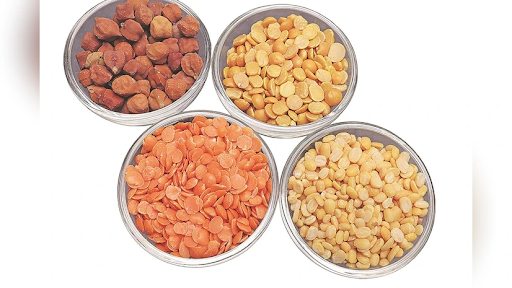
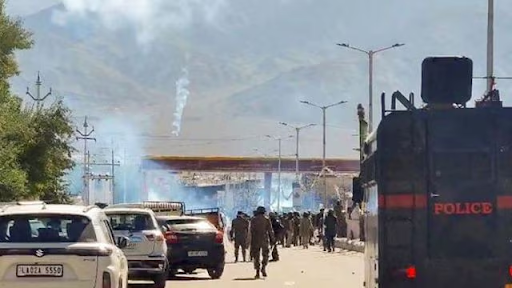
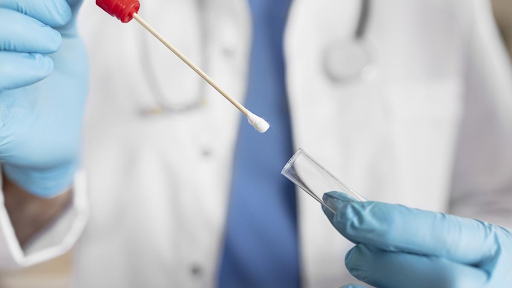
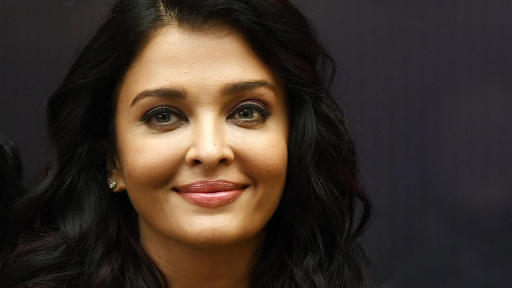
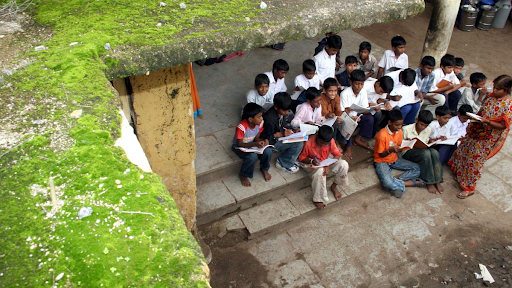

© 2025 iasgyan. All right reserved